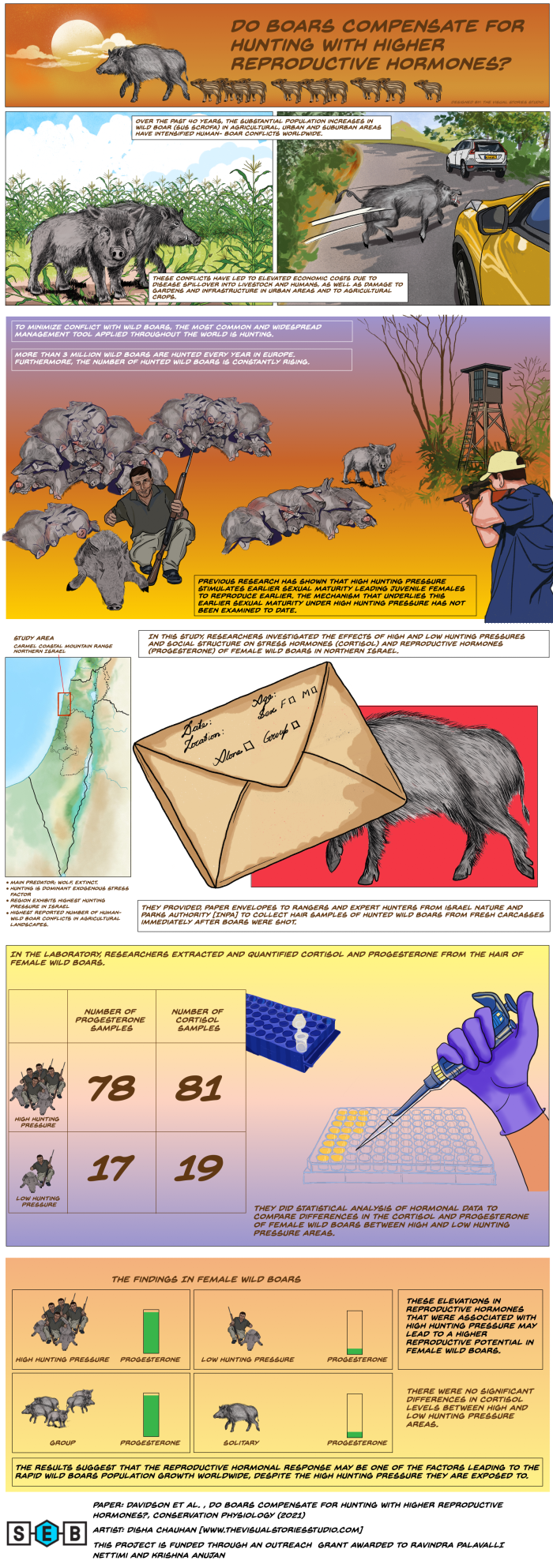
Extended Alt Text of the Poster "Superhero Plants with Incredible Powers!”
A poster divided into five blocks entitled "Superhero Plants with Incredible Powers!”.
- The first block has the written content: THE BEST OF BOTH WORLDS - Imagine you have two different plants. One plant has strong roots but not-so-great leaves, while the other plant has amazing leaves but weak roots. Grafting is a way of joining two plants together. We can take the strong roots from one plant and attach them to the good leaves of the other plant. It's like making a superhero plant that has the best of both! This helps the plants grow stronger and healthier, grow in a different place than they normally would, and it can even protect them from diseases and pests.
- The second block has a tree divided in two with its roots separated from its fruiting part. The written content is: ANCIENT WISDOM - Grafting happens in nature when new shoots grow onto older plants' roots. We think that ancient people saw this and tried to recreate it. Humans have been grafting plants like this for as long as we have been growing plants for food. There are written records from the ancient Greek times in 300 BC, but people were probably doing it before then.
- The third block has coconuts, a banana and onions. The written content is: THE MYSTERY OF MONOCOTYLEDONS: PLANTS THAT COULDN'T BE GRAFTED...UNTIL NOW! - For a long time, we thought you could only graft some plants and not others. People haven't been able to use grafting on a group of plants called monocotyledons. These
types of plants include things like coconut trees, onions, banana trees, and date trees. - The fourth block has the written content: GRAFTING SPROUTING SEEDS - Scientists have made an exciting discovery. They created a new method of grafting that can work for monocotyledon plants. This new method is called "monocot grafting." It only works on really young plants that are seeds that have just begun to sprout. They take the new sprouting plant from the seed and graft it to another seed that has had its sprout removed. Sprouting seeds are small and fragile, so it's a very delicate process.
- The fifth block has a root from one plant and the stem and leaves of another plant. They have been grafted (connected) with a woven bandage. There is also a sprouting seed. The written content is: GROWING A STRONGER FUTURE - Scientists think that with more research and improvements, monocot grafting could be used in the future to create new types of plants that are stronger and better at growing, which will help us protect plants that are very rare and, without help, could become extinct. It will also be useful to create new plants that we can grow for food or in our gardens.
The footnote has a QR code and the following link: https://academic.oup.com/jxb/article/74/8/2433/7058758
